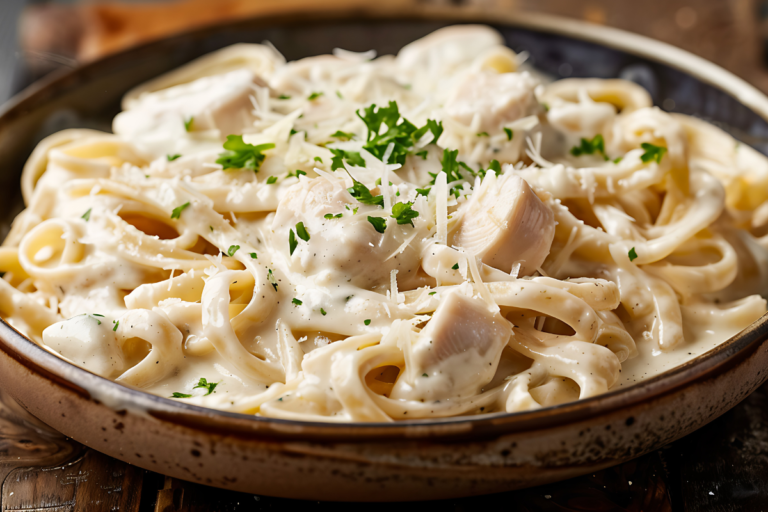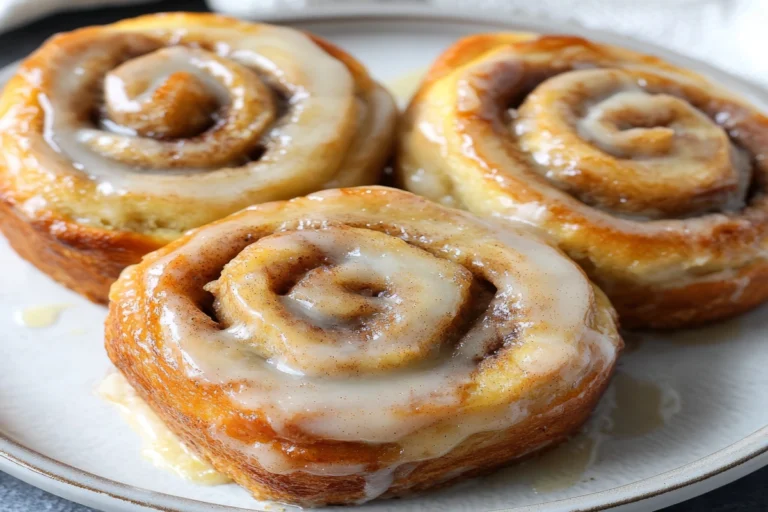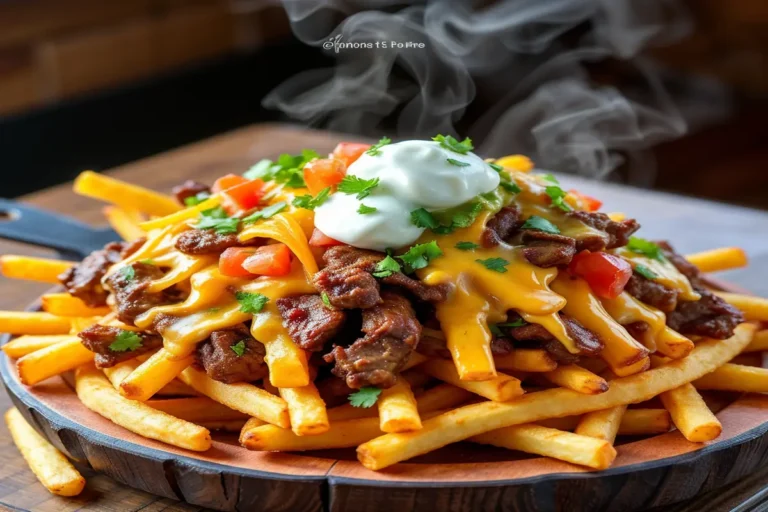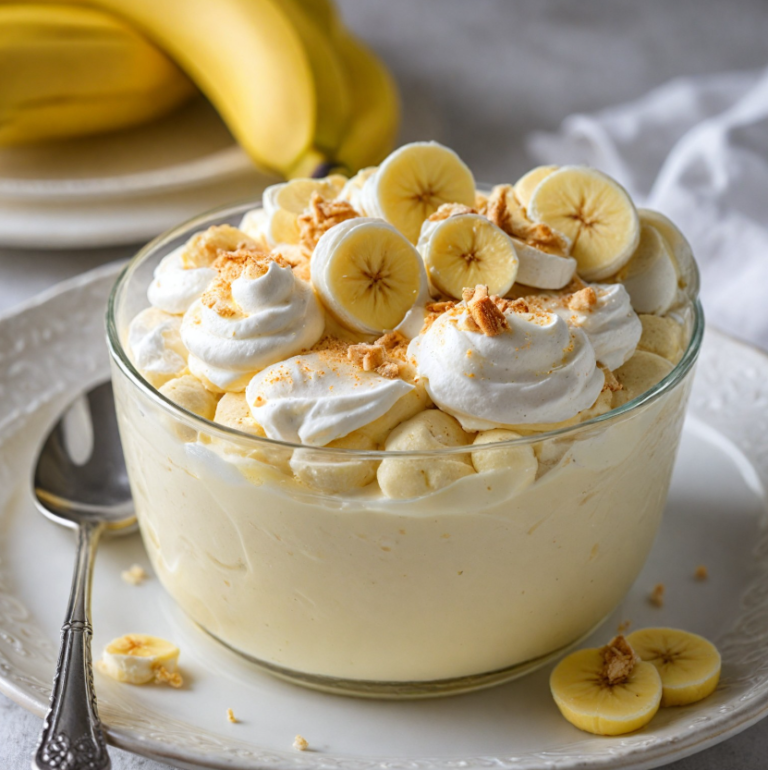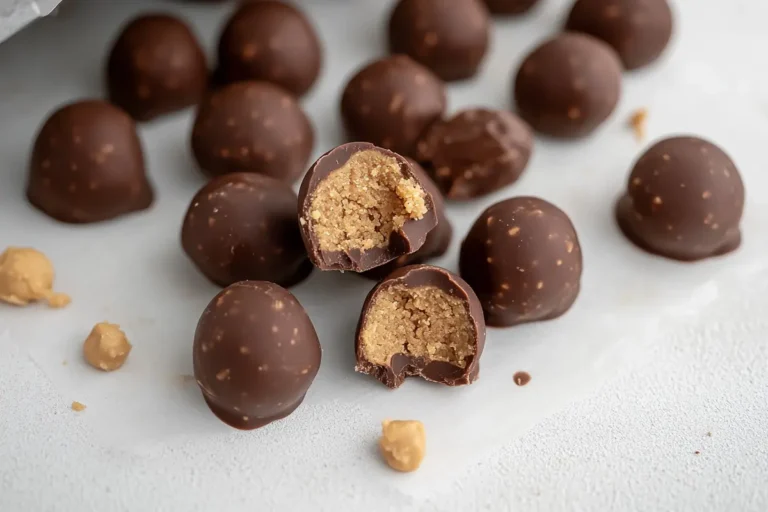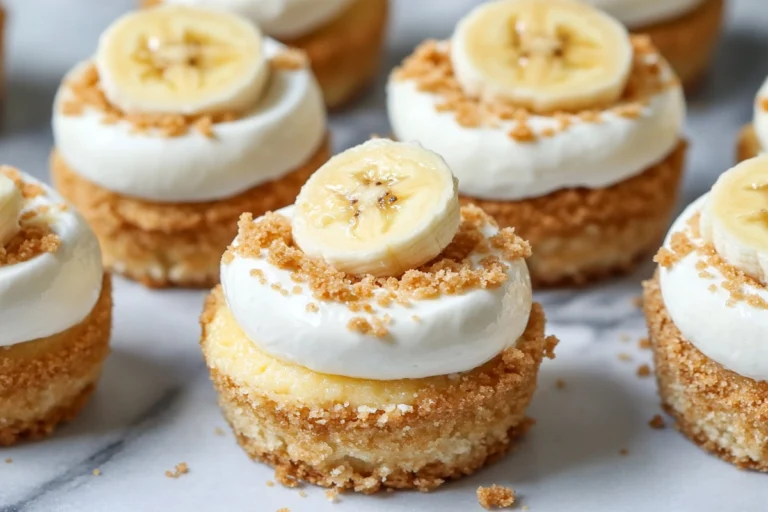The Ultimate Guide to the Golden Rule in Baking Cookies: Precision and Patience
Baking cookies is both an art and a science. The perfect cookie—whether crisp, chewy, or soft—comes from a combination of precise measurements, patience, and a deep understanding of the baking process. But what is the golden rule in baking cookies? This question might seem straightforward, but it encompasses several key principles that can make or break your cookie-baking efforts.
In this comprehensive guide, we will explore the golden rules of cookie baking, supported by both scientific principles and practical tips. By following these guidelines, you can elevate your cookie game and achieve consistent, delicious results every time.
The Golden Rule in Baking Cookies: Precision and Patience
The first and most crucial principle in baking cookies is precision. Precision refers to the exact measurement of ingredients, the careful mixing of the dough, and the accurate baking time and temperature. Without precision, even the best recipes can fail.
- Measuring Ingredients Accurately: One of the most common mistakes in baking cookies is inaccurate measurement. For instance, too much flour can result in dry, crumbly cookies, while too little can cause them to spread too thin and become overly crispy. To measure ingredients accurately, always use a kitchen scale for dry ingredients and liquid measuring cups for wet ingredients.
- Proper Mixing Techniques for Cookie Dough: The order in which you mix your ingredients can significantly impact the texture of your cookies. For example, creaming butter and sugar together first helps to incorporate air into the dough, resulting in a lighter texture.
Patience is the second golden rule. This includes waiting for the butter to reach the right temperature, chilling the dough, and allowing the cookies to cool properly. Patience ensures that the cookies maintain their shape and texture during baking and after cooling.
For more tips on maintaining the right texture, check out the perfect chocolate chip cookie recipe on Neila Recipes, which offers insights into achieving the perfect balance of crispiness and chewiness.
Why Chilling the Dough is Essential for Golden Rule in Baking Cookies
Chilling the dough before baking is a critical step that should not be overlooked. This process allows the fats in the dough to solidify, preventing the cookies from spreading too much during baking. Additionally, chilling the dough enhances the flavor by allowing the ingredients to meld together.
- How Long to Chill Cookie Dough: The length of time you chill the dough can vary depending on the recipe. Some recipes suggest chilling for at least 30 minutes, while others recommend overnight chilling for a more profound flavor.
- Benefits of Chilling Dough for Cookies: Not only does chilling improve the texture and flavor of the cookies, but it also makes the dough easier to handle. This is particularly useful when rolling out dough or using cookie cutters.
For further reading on baking techniques, you might want to explore the ultimate guide to baking perfect cookies, which dives deeper into the science behind baking.
Understanding Baking Temperature and Time for Cookies
Baking temperature and time are two variables that can significantly influence the outcome of your cookies. Precision in these areas is vital.
- Importance of Preheating the Oven for Cookies: Always preheat your oven to the correct temperature before baking. This ensures that the cookies bake evenly. If the oven is too hot, the cookies may burn on the edges while remaining undercooked in the center.
- How Baking Time Affects Cookie Texture: The baking time will depend on the size and thickness of your cookies. Thinner cookies will bake faster, while thicker ones may need more time. Always keep an eye on your cookies during the last few minutes of baking to avoid overbaking.
For detailed advice on adjusting your oven’s temperature and timing, the article on how to measure ingredients correctly from King Arthur Baking is an excellent resource.
The Role of the Maillard Reaction in Baking Cookies
The Maillard reaction is a chemical reaction between amino acids and reducing sugars that gives browned foods their distinctive flavor. In cookies, this reaction occurs during baking and is responsible for the rich, complex flavors that develop.
- Encouraging the Maillard Reaction in Cookies: To enhance this reaction, ensure that your dough has the right balance of sugar and amino acids. You can also encourage browning by increasing the oven temperature slightly, but be cautious not to burn the cookies.
- Common Issues with Cookie Browning: If your cookies are not browning properly, it could be due to a low baking temperature, too much moisture in the dough, or an imbalance in the ingredients.
For more on the science of the Maillard reaction, the Science of the Maillard Reaction article offers an in-depth explanation.
Common Cookie Baking Mistakes and How to Avoid Them
Even experienced bakers can encounter issues when baking cookies. Here are some of the most common mistakes and how to avoid them:
- Overmixing Cookie Dough: Overmixing can lead to tough cookies. Mix just until the ingredients are combined to avoid developing too much gluten.
- Substituting Ingredients in Cookie Recipes: While it might be tempting to swap out ingredients based on what you have on hand, substitutions can alter the texture and flavor of the cookies. For example, using margarine instead of butter can result in a less flavorful cookie.
- Skipping the Chilling Step for Cookie Dough: As mentioned earlier, chilling the dough is crucial for maintaining the shape and texture of the cookies. Skipping this step can lead to flat, spread-out cookies.
For solutions to specific cookie problems, the guide on fixing dry banana bread can provide insights that apply to cookies as well.
FAQs: Answering Common Questions About Baking Cookies
Why did my cookies spread too much?
Cookies that spread too much are often the result of overly warm dough or too much butter. Chilling the dough and ensuring the correct butter temperature can help.
How can I make my cookies chewier?
For chewier cookies, try using more brown sugar, which contains more moisture than white sugar. Also, reducing the baking time slightly can help maintain a chewy texture.
What causes cookies to be too dry or too moist?
Dry cookies are usually the result of overbaking or too much flour. Moist cookies may need more baking time or less liquid in the dough.
Can I substitute ingredients in cookie recipes?
While substitutions are possible, they can alter the final product. For example, using honey instead of sugar will result in a different texture and flavor. It’s best to follow the recipe closely or use substitutions that are known to work well.

